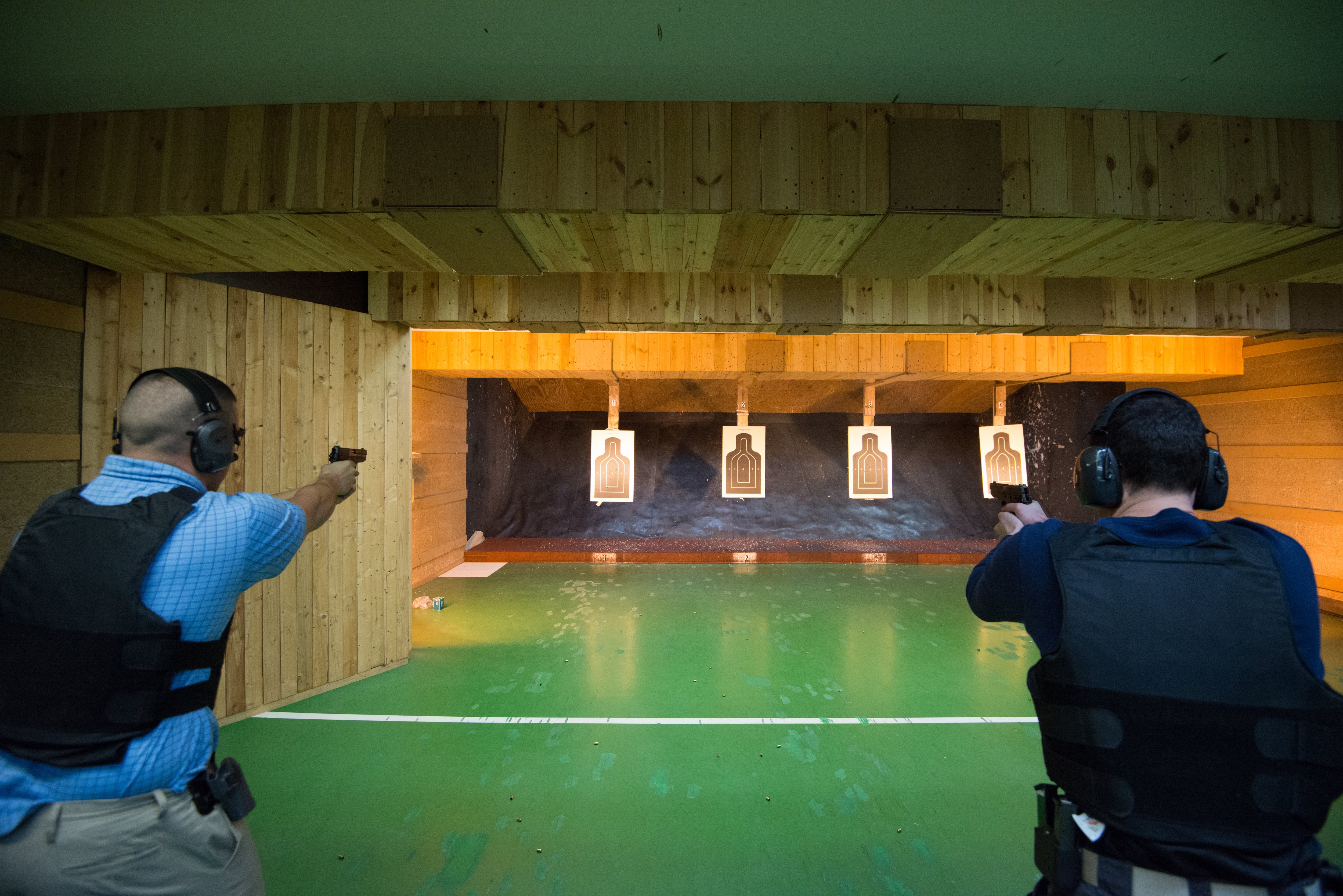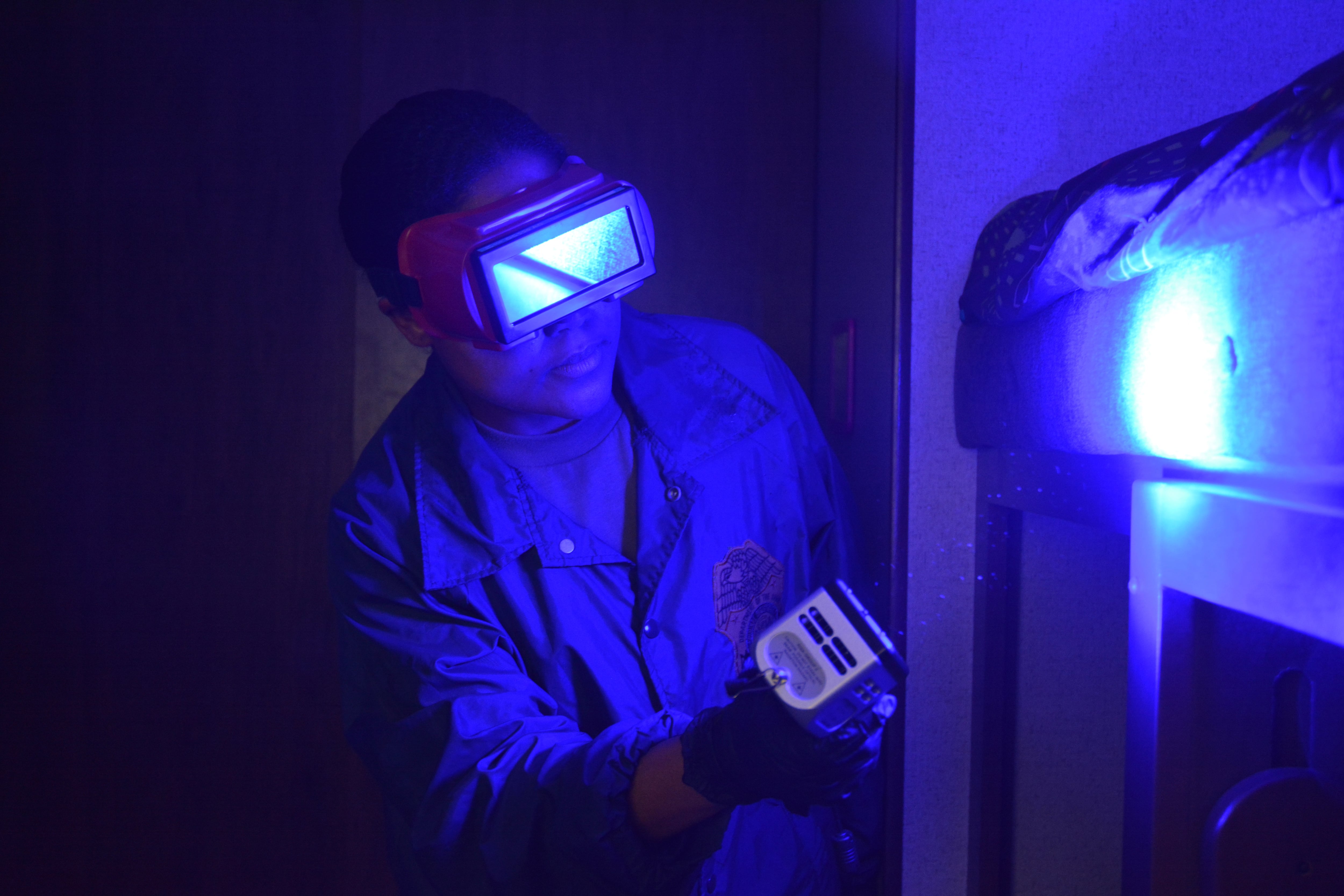An Army CID special agent accused of killing his wife with poison and stalking another woman secretly traveled to Haiti three years ago as part of a murder plot, according to previously unreported charging documents.
Staff Sgt. Lesly J. Lindor told his command at Fort Hood, Texas, that he would be in Miramar, Florida, during the June 2018 trip. But that’s not where he actually went, charge sheets obtained by Army Times said.
Instead, Lindor met with a man named Bertin Charles in the Hattian capital of Port-au-Prince, and later in Les Cayes, to pay for the “acquisition and production of various substances” that could be used in a planned murder, according to charges filed last month and signed by Fort Hood commander Lt. Gen. Robert P. White.
“One or more substances” would later be sent in early August 2018 through DHL, an express mail service, to carry out the murder, charge sheets said. The documents did not disclose what exactly those substances were or where they were sent.
Separately, though, Lindor was charged with attempting to acquire tetrodotoxin for use as a weapon during the same summer.
Tetrodotoxin is a potent poison found in puffer fish that can be more lethal to humans than cyanide. It interferes with the transmission of signals from nerves to muscles and causes paralysis in the body, including the muscles responsible for respiration.
Multiple poisoning attempts
Lindor is accused of murdering his wife, 34-year-old Rachelle Lindor, with a poison on Sept. 3, 2018, Army Times revealed several months ago. But the details behind those allegations were scarce before now.
During the summer before she died, Rachelle Lindor was subjected to three poisoning attempts, charge sheets said.
In early July 2018, Lindor placed a “toxic powder” in and around his wife’s car seat and shoes at their home in Harker Heights, outside Fort Hood, according to the documents. Then, on Aug. 24, 2018, Lindor placed poison in his wife’s water. Three days later, he placed poison in her food.
The second and third poisoning attempts took place in Montrouis and Port Au Prince, Haiti, charge sheets said. Days later, Rachelle Lindor would die of poisoning back home in Texas.

Lindor, who remains in pre-trial confinement, could not be reached for comment. Bertin Charles could also not be located for comment, and Fort Hood officials declined to respond to questions about the man.
Fort Hood spokesperson Maj. Gabriela Thompson also declined to provide a service photo or mugshot of Lindor, citing “privacy concerns.”
“Charging decisions were made by the command after a complete and thorough investigation by CID, and an independent review by Army prosecutors,” Thompson said. “As a reminder, charges are merely accusations and the accused is presumed innocent until proven guilty. Due to the ongoing criminal proceedings we decline additional comment.”
Investigating the investigator
Lindor joined the Army in 2010, but he didn’t become a CID agent until 2017 — an Army job that involves investigating felony-level crimes like murder, sexual assault and drug trafficking. Lindor was on the sergeant first class select list in 2018, as well, but promotion to that rank never occurred.
Instead, one month after his wife’s unexpected death, Lindor was placed on administrative duty, removed from investigations and put into a support unit, said CID spokesman Chris Grey.
“He has not worked any CID investigations since October 2018,” Grey told Army Times earlier this year.
Obituaries announcing Rachelle Lindor’s passing shared few details. Initially, the Harker Heights Police Department was the lead investigative agency, but CID agents “became suspicious of the cause and manner of death” and continued an independent investigation, Grey said.
He declined to detail what exactly made the agents suspect foul play.
The charges against Lindor at this point include murder, conspiracy and the attempted possession of a biological toxin for use as a weapon.
Lindor was also charged with stalking a woman near Fort Hood in the weeks after his wife died. He left threatening notes at her home and workplace, making the woman “fear bodily harm to herself,” charge sheets said.

Before and after the alleged murder, Lindor also wrongfully used two military information systems for “non-official business,” the sheets added.
On one or more occasions between March and November 2018, Lindor accessed a Defense Department web application that can be used for researching and viewing information on personnel and dependents. He did the same with an Army data base used to track criminal complaints and law enforcement reports during roughly the same timeframe.
The documents do not say why Lindor accessed those systems, but another charge levied against him stated that he did “wrongfully endeavor to impede” the investigation into himself in October 2018.
Fort Hood has been in the news frequently over the past year, following what investigators say was the brutal slaying of Spc. Vanessa Guillen at the hands of a fellow soldier in an armory on post.
An independent review sparked by Guillen’s case found that CID agents at Fort Hood were under-experienced and over-assigned — problems that CID agents have said exist across the force.
The fallout ultimately triggered a lengthy look at how to reform the Army’s beleaguered investigative organ.
It was announced this spring that CID would be overhauled, adding more special agents and a high-ranking civilian director with investigative experience to replace the military police generals who have historically commanded it.
Kyle Rempfer was an editor and reporter who has covered combat operations, criminal cases, foreign military assistance and training accidents. Before entering journalism, Kyle served in U.S. Air Force Special Tactics and deployed in 2014 to Paktika Province, Afghanistan, and Baghdad, Iraq.





